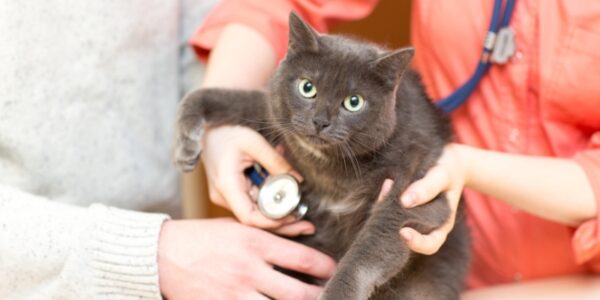Desexing Services at Vets on Balwyn
Desexing is an essential veterinary procedure for enhancing your pet’s health and longevity. At Vets on Balwyn, we provide professional desexing services to prevent unwanted offspring, reduce health risks, and address various behavioural problems. Our experienced veterinary team ensures a seamless and stress-free experience for you and your pet, whether a dog or cat.
Understanding Desexing
Desexing, also known as spaying or neutering, is a standard surgical procedure that involves removing the reproductive organs. In male animals, neutering involves the removal of the testicles, while in females, spaying refers to removing the ovaries and uterus. The procedure is carried out under general anaesthesia, ensuring it is safe and effective for your pet.
Dog & Puppy DesexingCat & Kitten Desexing
Benefits of Desexing
Desexing provides numerous advantages for your pet, including:
- Prevention of Unwanted Litters: Help manage the pet population and avoid the difficulties of unwanted puppies or kittens.
- Healthier Life: Reduces the risk of severe health conditions such as uterine, ovarian, and testicular cancers, as well as infections like pyometra.
- Behavioural Improvements: Reduces aggressive behaviour, lessens the desire to roam, and decreases urine marking, particularly in male pets.
- Extended Lifespan: Desexed pets often live a longer, healthier life with fewer behavioural issues and reproductive-related health problems.
Optimal Age for Desexing
The best age to desex your pet can vary depending on breed, size, and health factors. Our expert team at Vets on Balwyn can recommend the best timing based on your pet’s needs.
What to Expect During the Desexing Process
At Vets on Balwyn, we strive to make your pet’s desexing experience as comfortable as possible. Our process includes:
- Pre-Operative Assessment: A comprehensive health check to ensure your pet is ready for surgery and an overview of what to expect before the procedure—including a blood test as part of the clinic’s routine preoperative checkup.
- Surgical Procedure: On the day of surgery, your pet will be placed under general anaesthesia. Our skilled veterinary team will perform the procedure safely and efficiently.
- Post-Operative Care: After surgery, your pet will be closely monitored during recovery, and you’ll receive detailed aftercare instructions. We will schedule follow-up appointments for 3-5 days and 10-14 days post-surgery.
Recovery After Desexing
Proper care post-surgery can help your pet recover quickly. This includes:
- Regularly checking the surgical site to ensure it remains clean and infection-free.
- Making sure your pet takes the prescribed pain relief to ensure comfort during recovery.
- Limiting physical activity for the first few days to avoid putting stress on the incision.
Why Choose Vets on Balwyn for Desexing?
At Vets on Balwyn, our expert veterinarians and nurses are highly skilled in performing desexing procedures. We prioritise your pet’s comfort and well-being, using the latest techniques and equipment to ensure a smooth and safe experience. From the moment you book your appointment through to post-operative care, we’re committed to supporting you and your pet every step of the way.




